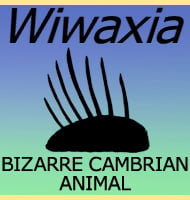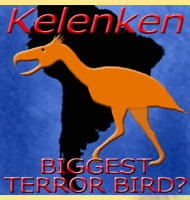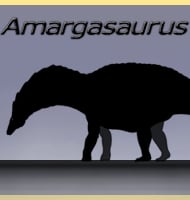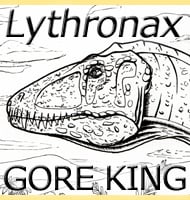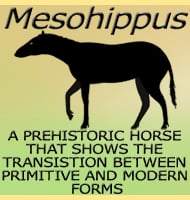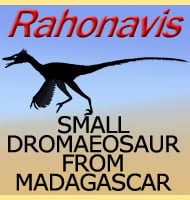In Depth
Hippidion is one of the first known horses to actually enter South America, but interestingly while it has been regarded as being directly descended from primitive forms such as Pliohippus, more modern analysis actually draws a link to the Equidae, the group that includes modern horses.
One thing that makes Hippidion stand out from its North American relatives is the delicately domed nasal bone which likely allowed for an enlarged nasal area. This has been suggested as allowing for an increased sense of smell, although this would be a very curious adaptation for a herbivore to make, especially for a grazing animal. It is more likely that this enlarged nasal system was a climatic adaptation since Hippidion would have been living in ecosystems where the air was both cold and dry. By passing the air through a set of enlarged and possibly more complex air passages before reaching the lungs, Hippidion could beat the cooling effects of the chill air as well as significantly reduce the amount of moisture lost through respiration. With the lungs protected from drying out, Hippidion would then avoid having to deal with the ailments associated with long term exposure to dry air.
Hippidion is estimated to have died out at some point around the last ten thousand years, a time that saw much of the other South American megafauna disappear. This disappearance coincides with the arrival of the first people in South America and hunting may have been a significant factor in the decline of the South American megafauna at this time, although perhaps not the single root cause of this mass extinction. The next wave of horses to colonise South America would not happen till the sixteenth century when they were brought over by European explorers.
Further Reading
– Contribuci�n al conocimiento de los mam�feros f�siles de la Rep�blica Argentina [Contribution to the knowledge of the fossil mammals of the Argentine Republic]. – Actas de la Academia Nacional de Ciencias de la Rep�blica Argentina en C�rdoba 6:xxxii-1027. – F. Ameghino – 1889. – Algo mas sobre Hippidium (Plagiohippus) chapalmalensis (Amegh.) Kragl. – Ameghiniana 2(3):39-45. E. F. de Alvarez – 1961. -Evolution, systematics, and phylogeography of Pleistocene horses in the New World: a molecular perspective. – PLOS Biology. 3 (8): e241. – Jaco Weinstock, Eske Willerslev, Andrei Sher, Wenfei Tong, Simon Y.W Ho, Dan Rubenstein, John Storer, James Burns, Larry Martin, Claudio Bravi, Alfredo Prieto, Duane Froese, Eric Scott, Lai Xulong & Alan Cooper – 2005. – Ancient DNA Clarifies the Evolutionary History of American Late Pleistocene Equids. – Journal of Molecular Evolution. 66 (5): 533–538. – Ludovic Orlando, Dean Male, Maria Teresa Alberdi, Jose Luis Prado, Alfredo Prieto, Alan Cooper & Catherine H�nni – 2008. – Hippidion saldiasi Roth, 1899 (Equidae, Perissodactyla), at the Piedra Museo Site (Santa Cruz, Argentina): Its Implication for the Regional Economy and Environmental Reconstruction. – Journal of Archaeological Science. 28 (4): 411–419. – Mar�a T. Alberdia, Laura Miottib & Jos� L.Pradoc – 2001. – Mitochondrial genomes reveal the extinct Hippidion as an outgroup to all living equids. – Biology Letters. 11 (3): 20141058. – Clio Der Sarkissian, Julia T. Vilstrup, Mikkel Schubert, Andaine Seguin-Orlando, David Eme, Jacobo Weinstock, Maria Teresa Alberdi, Fabiana Martin, Patricio M. Lopez, Jose L. Prado, Alfredo Prieto, Christophe J. Douady, Tom W. Stafford, Eske Willerslev, & Ludovic Orlando – 2015. – Assessing the Causes Behind the Late Quaternary Extinction of Horses in South America Using Species Distribution Models. – Frontiers in Ecology and Evolution. 7: 226. – Natalia A. Villavicencio, Derek Corcoran & Pablo A. Marquet – 2019.

